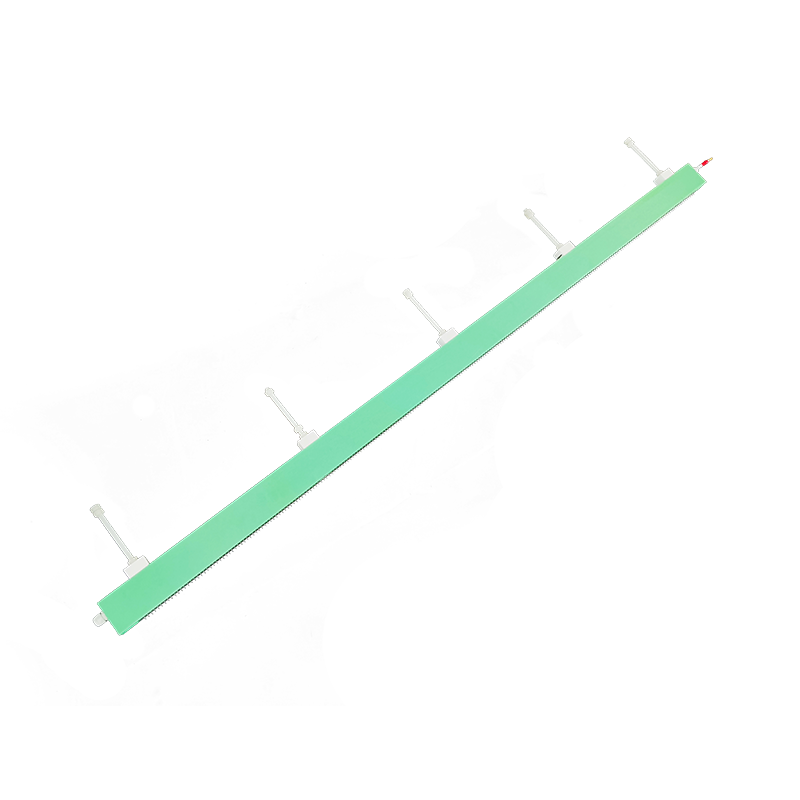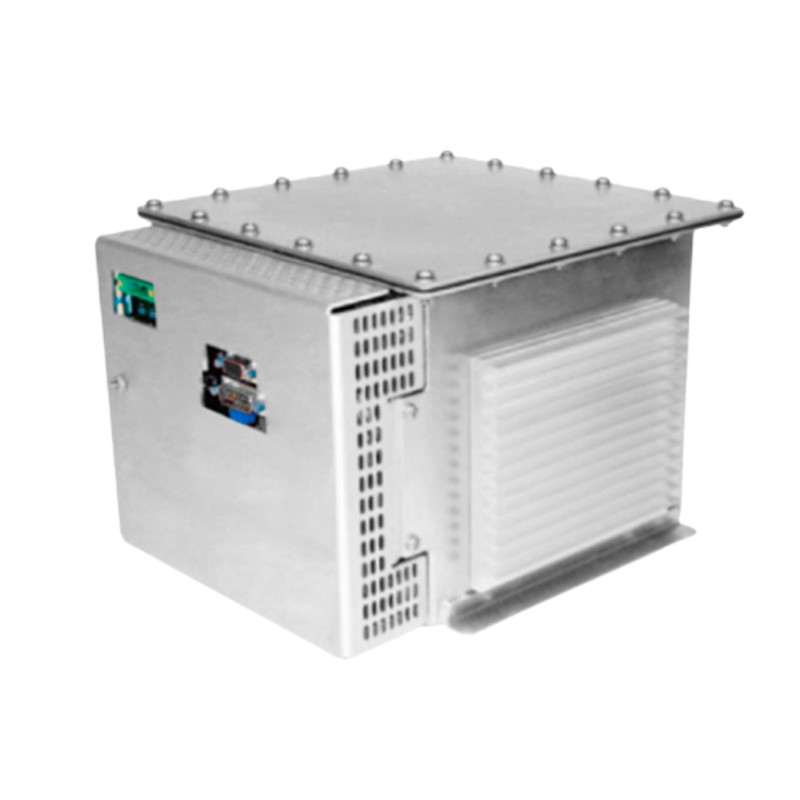Insulation Aging Monitoring in High-Voltage Power Supplies for Electrostatic Chucks: Techniques and Applications
In semiconductor manufacturing and electron microscopy, electrostatic chucks (ESCs) utilize high-voltage power supplies to generate electrostatic fields for workpiece clamping. The stability of their insulation performance directly impacts process accuracy and equipment safety. However, insulation aging under long-term high-voltage stress may cause clamping failure, short circuits, or even device damage. Thus, insulation aging monitoring technology is critical for ensuring power supply reliability.
1. Mechanisms and Types of Insulation Aging
1. Electrical Aging
Under high electric fields (typically 1500–3000V), partial discharges within the insulation material lead to molecular chain breakage and carbonization paths, manifesting as reduced insulation resistance and increased leakage current. The heat generated by discharges accelerates material oxidation, creating a vicious cycle.
2. Thermal Aging
Operating temperatures of 80–150℃ trigger thermal decomposition of polymers, increasing dielectric constant and loss tangent (tanδ). According to the 10°C Rule, a 10°C temperature rise reduces insulation lifespan by approximately 50%.
3. Multi-Stress Coupled Aging
Synergistic effects of electric fields, temperature, mechanical vibration, and chemical corrosion (e.g., plasma environments) cause micro-cracks, voids, and delamination, resulting in nonlinear degradation of insulation strength.
2. Monitoring Methodologies
1. Electrical Parameter Monitoring
• Partial Discharge Detection: High-frequency current sensors (bandwidth ≥20MHz) capture discharge pulses, with phase-resolved partial discharge (PRPD) spectra analyzing magnitude, frequency, and location (sensitivity: pC-level).
• Dielectric Loss Analysis: Real-time tanδ monitoring; values exceeding thresholds (e.g., 0.01) indicate polarization loss and early aging.
• Insulation Resistance Mapping: Step DC voltage tests measure polarization/depolarization currents (PDC), mapping resistance-time curves to identify moisture or cracks.
2. Physical Parameter Monitoring
• Infrared Thermography: Non-contact scanning detects surface temperature anomalies; localized rises ≥5℃ (vs. baseline) signal discharge hotspots or cooling failures.
• Ultrasonic Testing: Piezoelectric sensors receive reflected ultrasound waves, with time-domain analysis locating micron-scale voids or delamination.
3. Chemical Parameter Monitoring
For oil-immersed systems, dissolved gas analysis (H₂, CO, CH₄) and Duval Triangle methods classify aging types. For solid insulation, FTIR spectroscopy identifies oxidation byproducts.
3. Implementation of Intelligent Monitoring Systems
Modern systems integrate multi-source data and AI algorithms:
1. Hardware Architecture
• High-Voltage Isolation Sampling: Fiber-optic sensors or capacitive dividers withstand ≥10kV common-mode interference.
• Adaptive Load Simulation: Programmable RC networks replicate dynamic loads (e.g., capacitive loads in RF sputtering) to emulate real-world stress.
2. Data Analytics
• Multi-Parameter Fusion Diagnosis: Convolutional neural networks (CNNs) process electrical, physical, and chemical data to output a Health Index (HI) with <5% error.
• Lifetime Prediction: Arrhenius and electrical aging acceleration models forecast remaining lifespan, triggering preemptive maintenance.
4. Challenges and Innovations
1. High-Voltage Safety and Measurement Accuracy
Sensors require high precision (±0.1%FS) and anti-interference capabilities, addressed via differential shielding and digital filtering.
2. Adaptability to Complex Environments
Electromagnetic noise in plasma environments (up to 120dB) necessitates RFI-resistant broadband sensors.
3. Standardization and Cost Balance
Emerging standards (e.g., IEEE P1818) aim to unify aging criteria, while modular designs reduce monitoring system costs.
Conclusion
Insulation aging monitoring for ESC high-voltage power supplies has evolved from periodic checks to intelligent real-time systems. Future advancements in wide-bandgap semiconductors (e.g., SiC substrates) and edge computing will enhance frequency response and reduce power consumption, ultimately safeguarding semiconductor yield and zero-downtime operations.




















